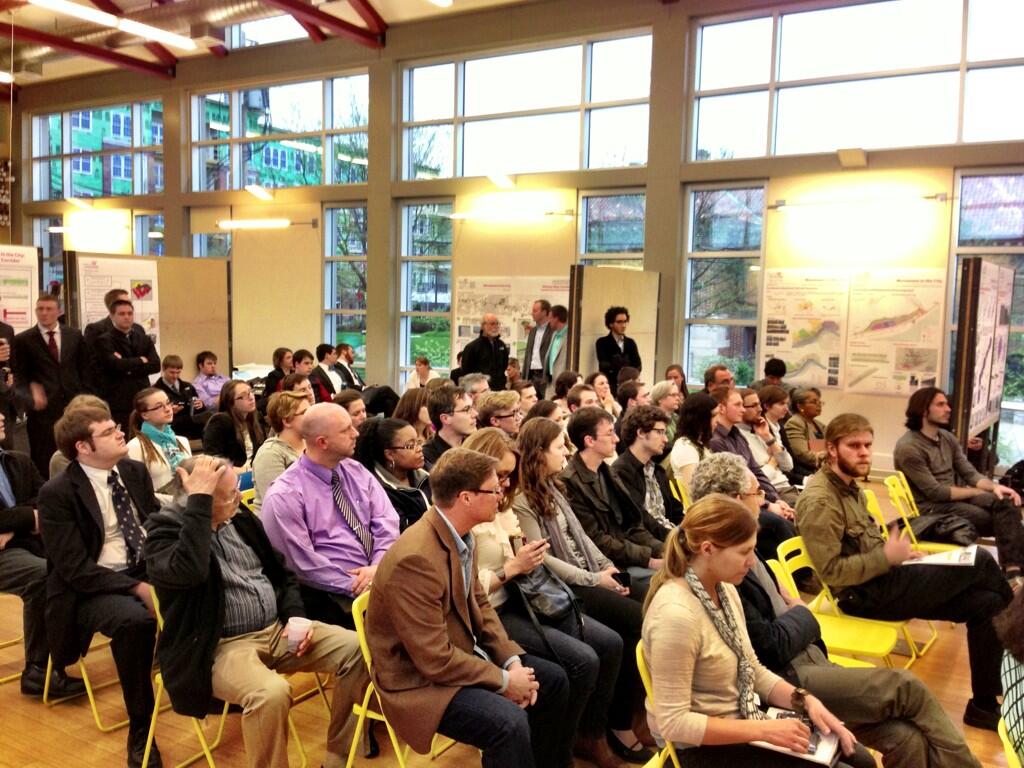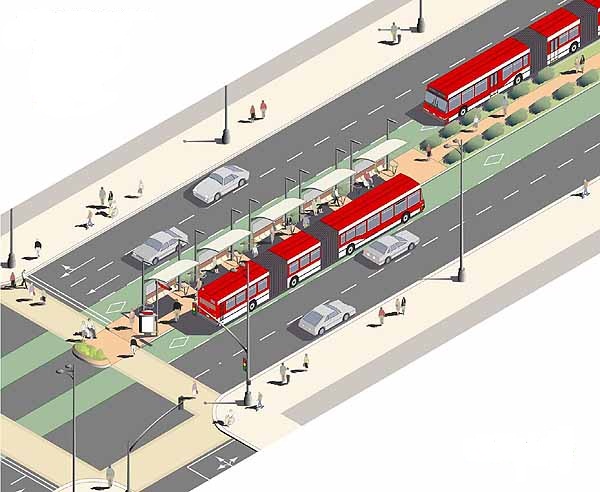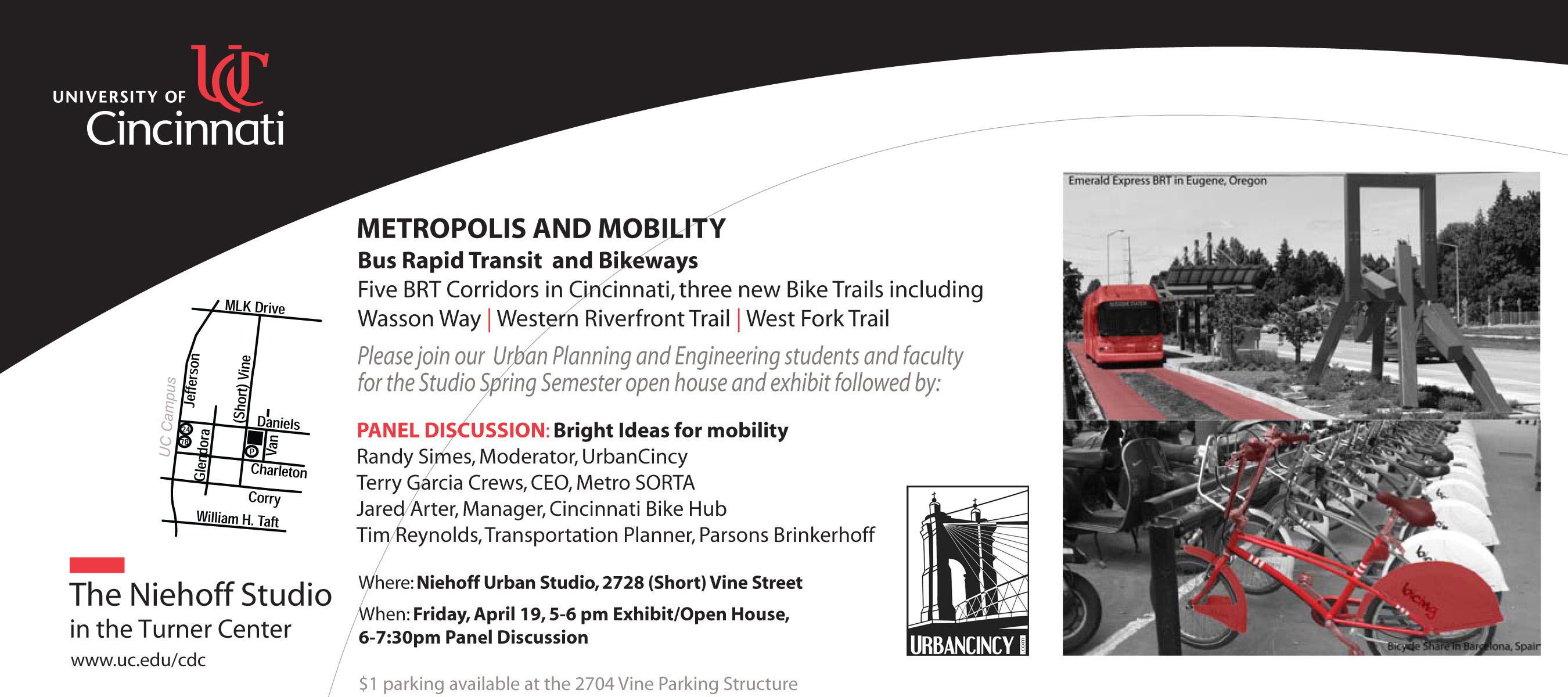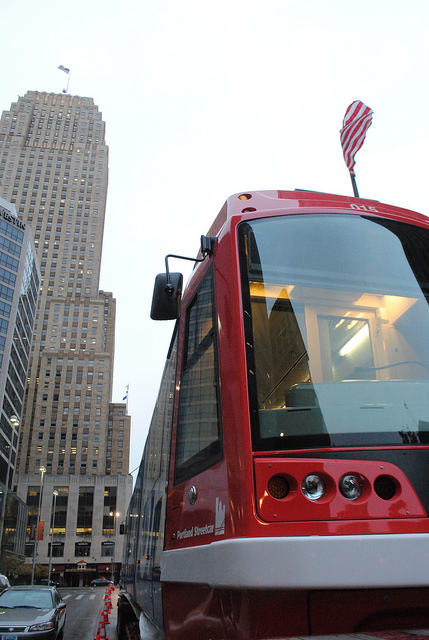Minneapolis moving forward with two, possibly three streetcar lines.
A recent study found that while Metro does more with less than 11 peer cities, it woefully lags behind the rest when it comes to the amount and diversity of its service. In fact, Cincinnati was one of only four regions studied without any rail transit, and was the largest of those four. One of the peer cities studied is Minneapolis, which already has light rail and commuter rail in addition to its bus service, and now is moving forward with two, possibly three modern streetcar lines. More from the Star Tribune:
The transportation and public works committee gave the green light to move forward with an environmental review and “pre-project development activities” on the proposed $200 million, 3.4-mile Nicollet Avenue streetcar line. They simultaneously approved moving forward with a jointly funded alternatives analysis to study the possibility of building streetcars along West Broadway in North Minneapolis…Planning for a third transit line – possibly streetcars – is also underway for the Midtown Corridor. That process is being led by the Metropolitan Council.




